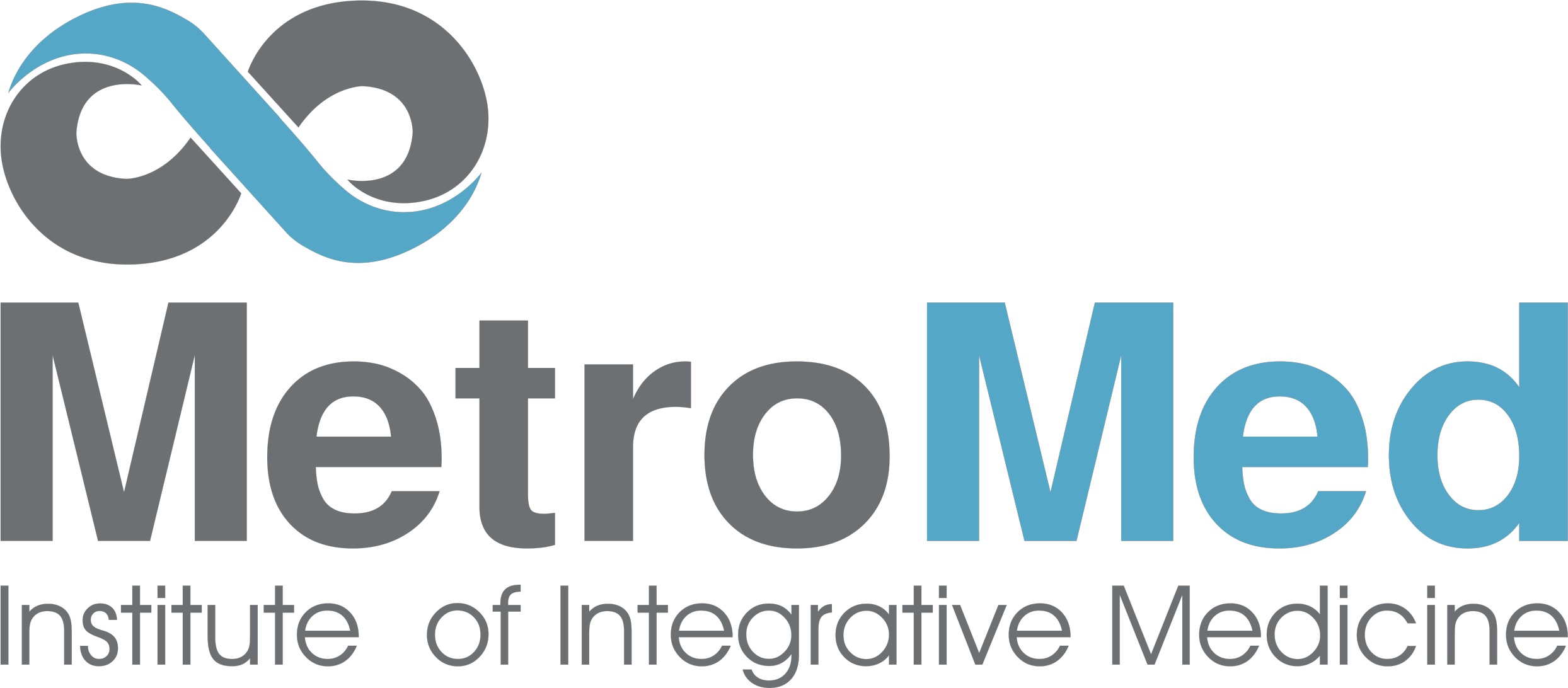For over two decades, the media has been bombarded with information about Stem Cell Therapy. It seems that no news channel can lose interest in this topic. Why? The answer lies within the idea of what a stem cell really is.
Stem cells are cells that are undifferentiated, meaning they do not yet have an identity and still have the capability to transform into all types of human tissues.
What exactly does that mean?
Lets think about it in even simpler terms. Imagine that a stem cell is a piece of clay. It’s very basic, but it has the possibility to be molded into any shape or form that an artist desires. It has the ability to take on any form. The artist can mold this little ball of clay into a tree, a car, or even a man.
Stem cells are very much like this piece of clay. They start off as a blank cell, possessing all necessary cell materials and DNA. However, they’re still unrecognizable and not yet determined to be a certain type of tissue, such as your skin, a joint ligament, or a vital organ. But they have the capability to become any type of tissue.
The stem cells ability to transform into desired cell types, like heart tissue, bone tissue, etc., is why we’ve been hearing so much about them. Stem cells are being used to replace dying and damaged areas of our bodies. It’s inevitable to have portions of our body age and decay over time. Luckily, stem cell technology finally gives us the ability to replace our diminishing and damaged cell count.
Stem Cells + Growth factors = Transformation
Since stem cells are a blank template of a cell, they can be used to replace damaged tissue at nearly any site. Once a stem cell is administered to a site, specific chemicals in the body known as growth factors transform the cell into the type of cell that is needed for repair.
Depending on the area where the stem cells are transplanted, the right growth factor will transform the cells into the same tissue that surrounds them. Whether it’s on the heart or a leg bone, these areas have the right growth factor to transform this newly moldable cell into new heart or bone tissues.
Let’s say someone has arthritis, specifically in his or her knee. Stem cells, once applied and docked in this area via injection, will differentiate into the lost fat and cartilage that is causing the arthritis, and effectively grow anew.
But the excitement doesn’t stop there.
Not only do these cells turn into all types of tissue, but they can also self-replicate. Not only will they replace damaged tissue but they’ll continue to produce new cells for therapeutic effects in the future.
So not only will the tissues that have decayed in the past be replaced, but the cells will continue to replace dying cells. Once treated with stem cell therapy, the area that was once under inflammation and damage from arthritis will no longer be problematic.
Yes, it is possible to turn back the clock of aging!
At last there’s a treatment to naturally and effectively help reverse the effects of aging. We can finally rebuild our bodies with safe and effective measures. Knowing what we know about stem cells and their ability to turn into all types of tissue opens the doors to a whole new world of regenerative medicine.
Copyright © 2011 Devin Stone, MetroMD Los Angeles


